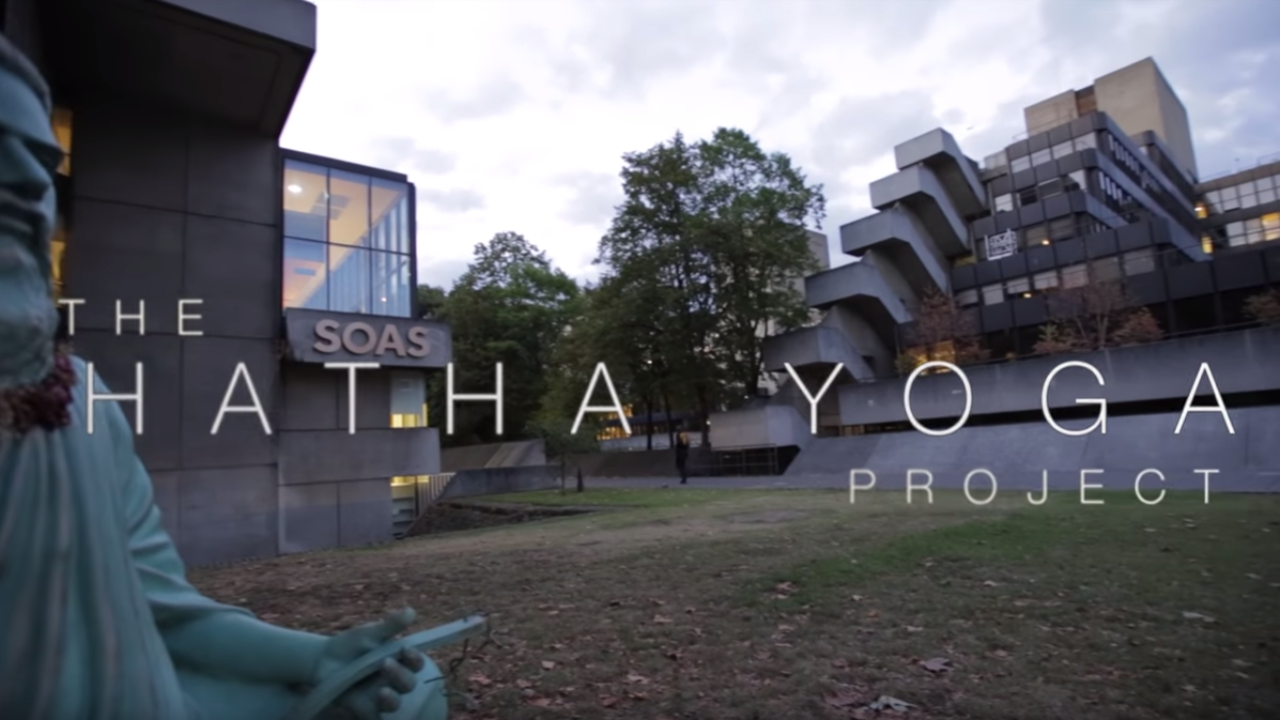Blog
Yogic Studies news, writings, interviews, media, and other vṛttis.
Stay Informed
Sign up for the Yogic Studies mailing list to find out first about upcoming courses, podcast episodes, promotions, events, and the latest research delivered straight to your inbox.




